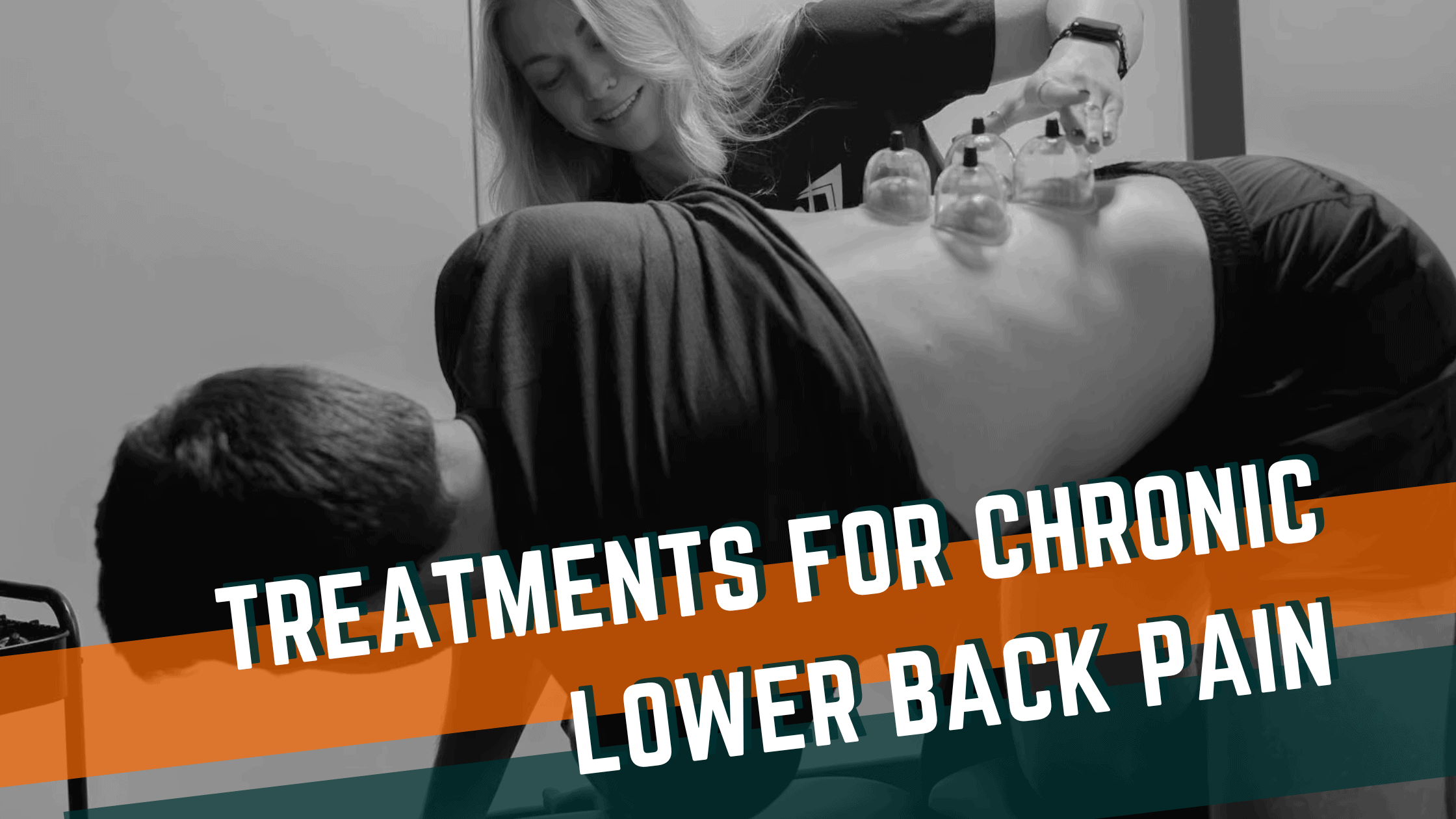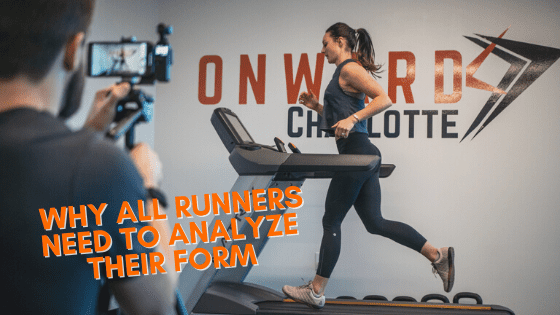
Do you want to run faster? Do you want to be able to run longer without running out of breath? If so, then it’s time that you take a look at your running form. While there are many factors that contribute to running performance, such as the terrain and climate conditions, one key factor is how effectively athletes use their bodies when they’re running. In this article, we will go five reasons runners should take the time to analyze their running form.
Why Get a Running Form Assessment to Ensure Proper Running Form?
1. It will help you identify any flaws in your form
Running is an activity that puts a lot of stress on your body. In fact, running can lead to injuries if you don’t have the right form and are placing too much pressure on certain parts of your body. An analysis will help identify any flaws in your form so that you know where to pay attention next time you go for a run.
Below is a great example of a flaw we commonly catch during run form assessments. This athlete is overstriding, meaning her foot is landing too far in front of her body. This not only slows your speed down, but also places extra stress on structures such as the knee. This athlete was dealing with anterior compartment syndrome during her runs.
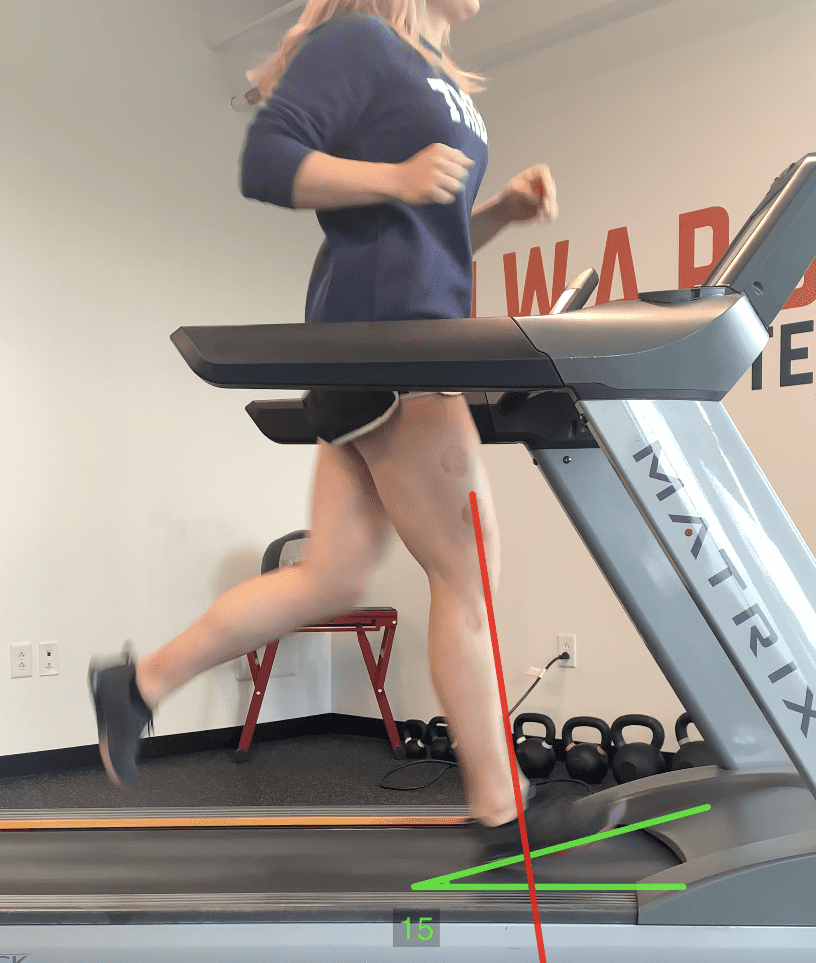
2. You’ll be able to correct those flaws and improve your running efficiency
Once you know the flaws in your form, you can gameplan the specific strength & mobility exercises you need to perform to run with better form.
This athlete was dealing with hip and knee pain during his long runs. In his running form assessment we found a significant hip drop indicating that his lateral hip muscles (gluteus medius) were weak. Based on that we built a custom strength program to help get rid of his pain and improve his running performance overall.
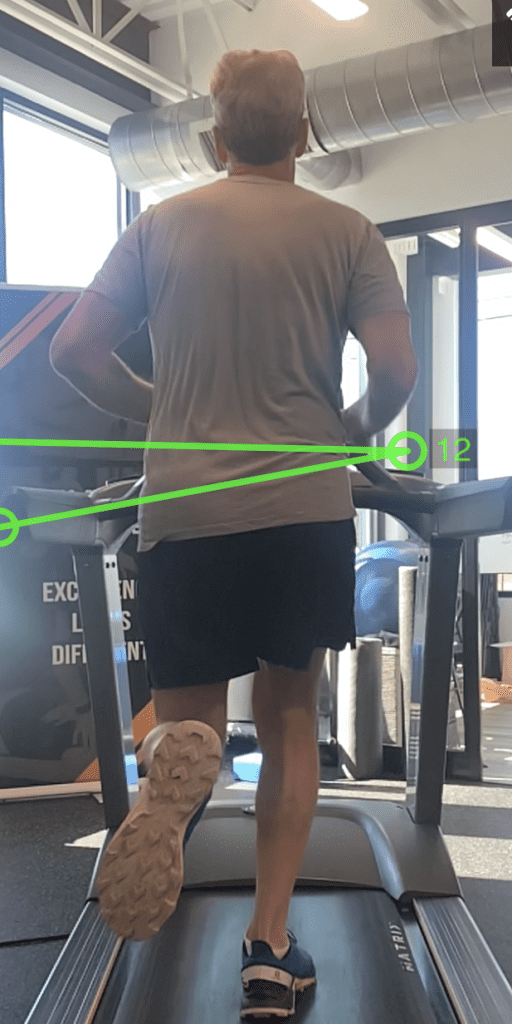
3. A more efficient stride will make you less prone to injury
While running is one of the best forms of exercise you can do, runners often see frequent injuries. By analyzing your running form, you might identify a flaw that’s opening the door for an injury to creep in. Addressing form issues is important to do after an injury, but if we can get ahead of injuries, you can stay on the road pushing your performance to the next level.
4. Your body will work better, which can lead to faster times
A running stride isn’t complicated, but it’s important to make sure you’re striking the ground properly and using your body correctly. If there are any flaws in how you run, they can lead to pain or even prevent muscles from working efficiently… which means slower times!
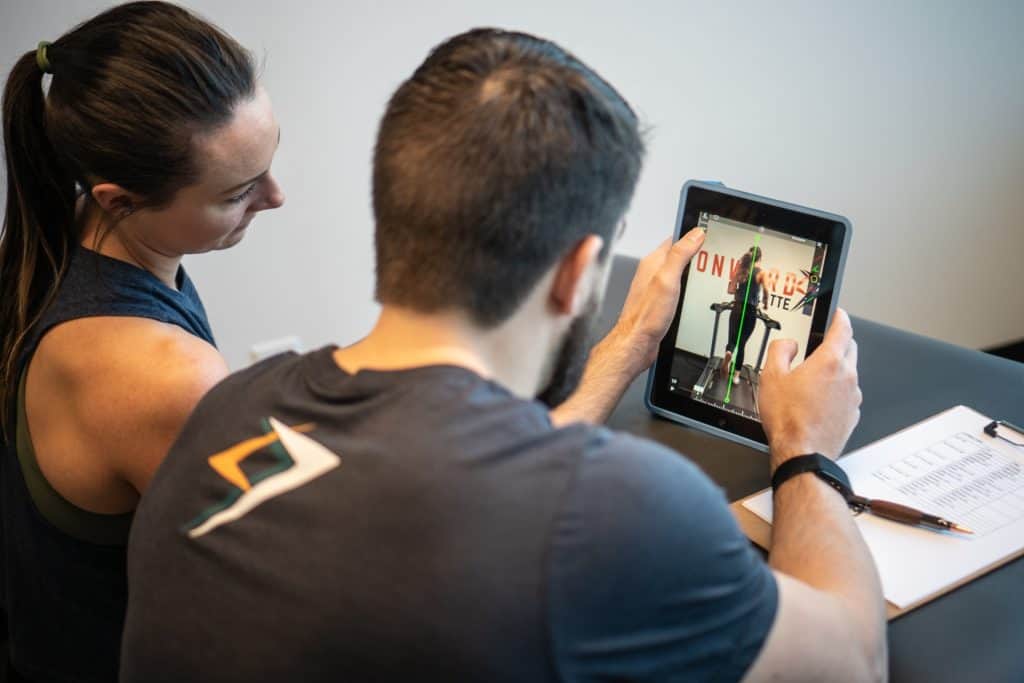
Ready to have your running form assessed? Our team would love the opportunity to help you reach your fitness goals!
Schedule an assessment to get started today!
Here’s a preview of what our run form assessment looks like:
Recent Articles
Recover Like a Pro: The Role of Manual Therapy, Dry Needling, and Mobility Work in Faster Recovery
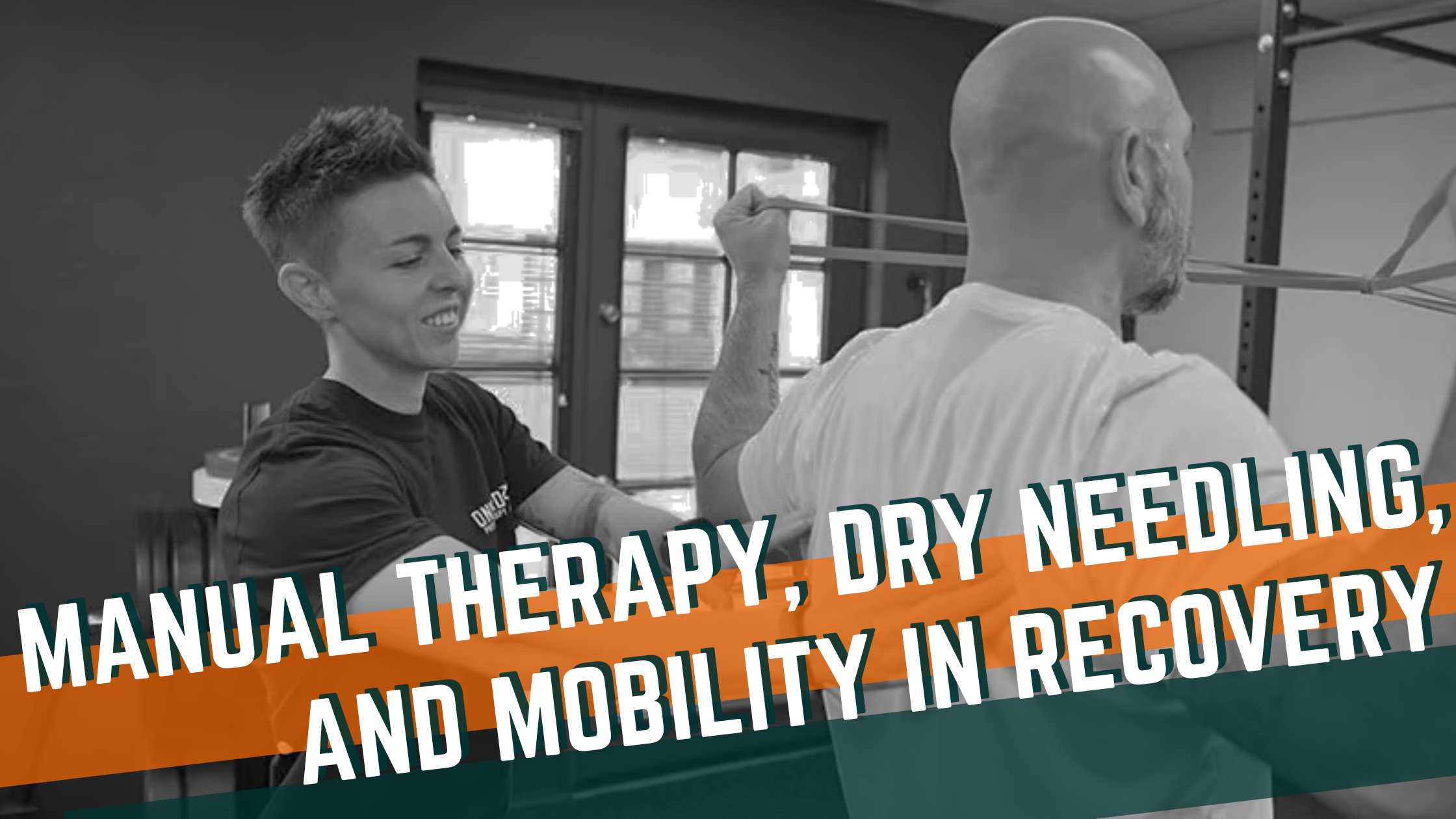
How does physical therapy help injury recovery and performance?
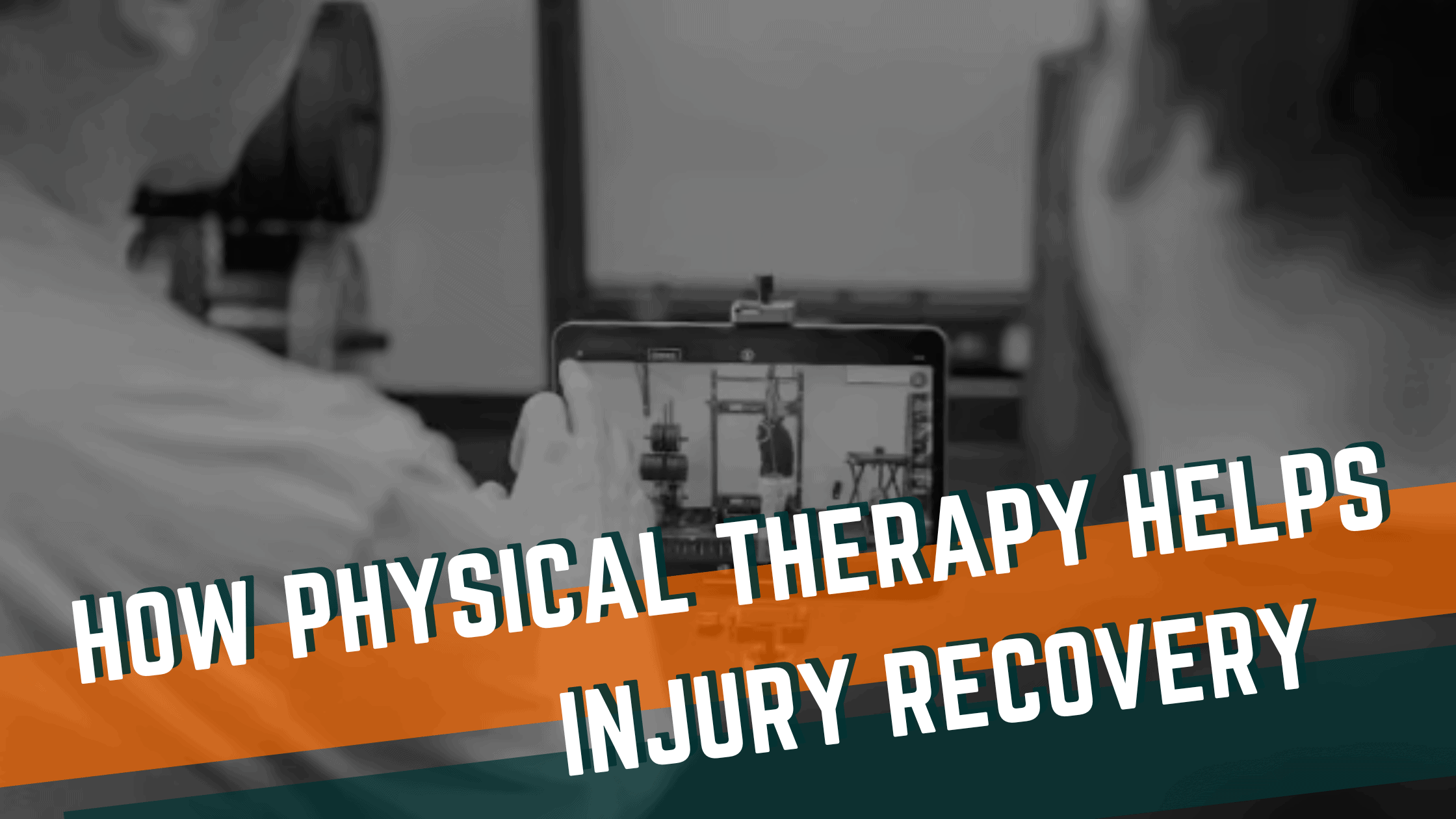
Comparing Manual Therapy to Other Treatment Modalities
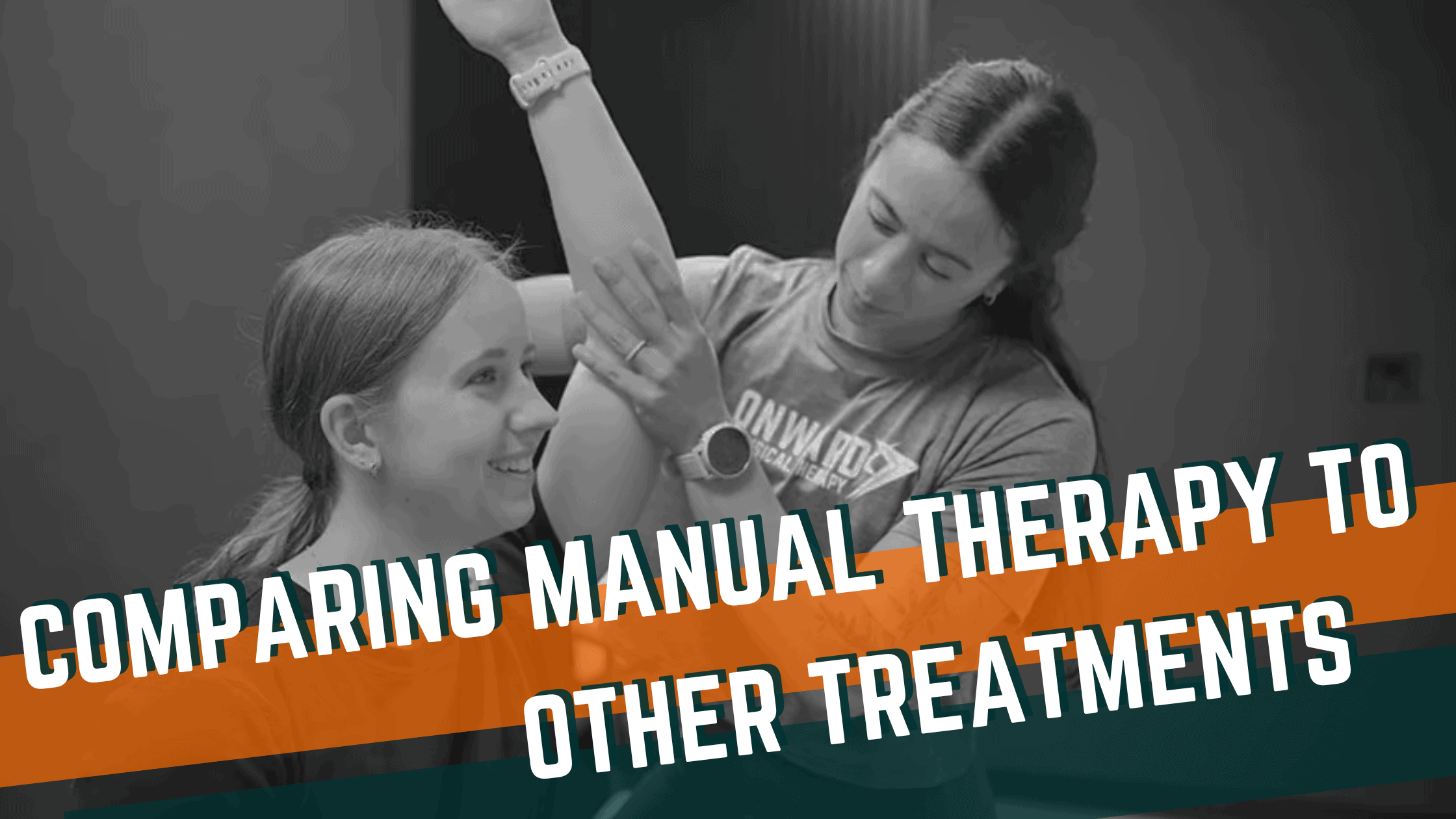
How Physical Activity Influences Mental Well-being
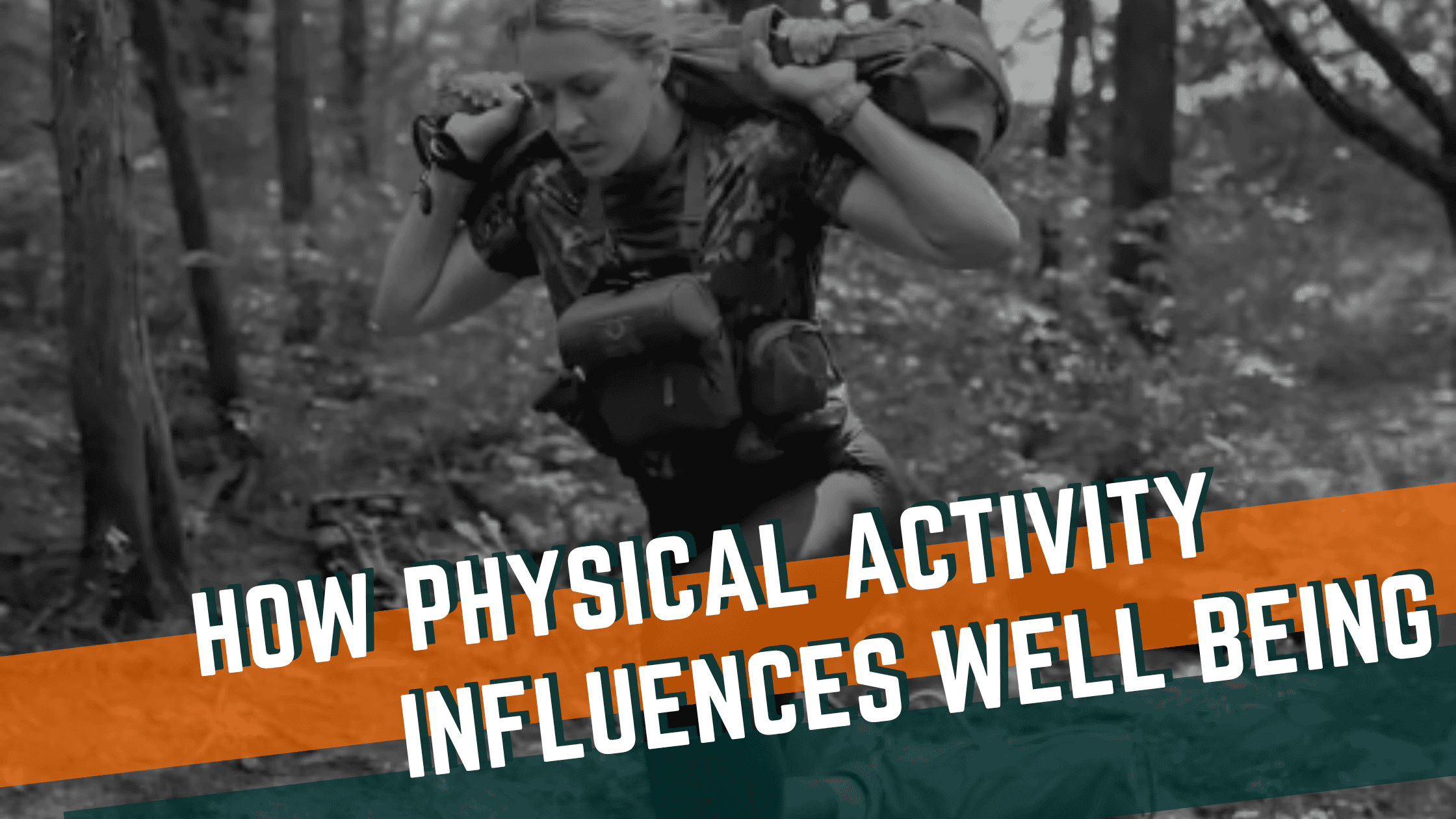
Non-Pharmacological Treatments for Chronic Lower Back Pain
